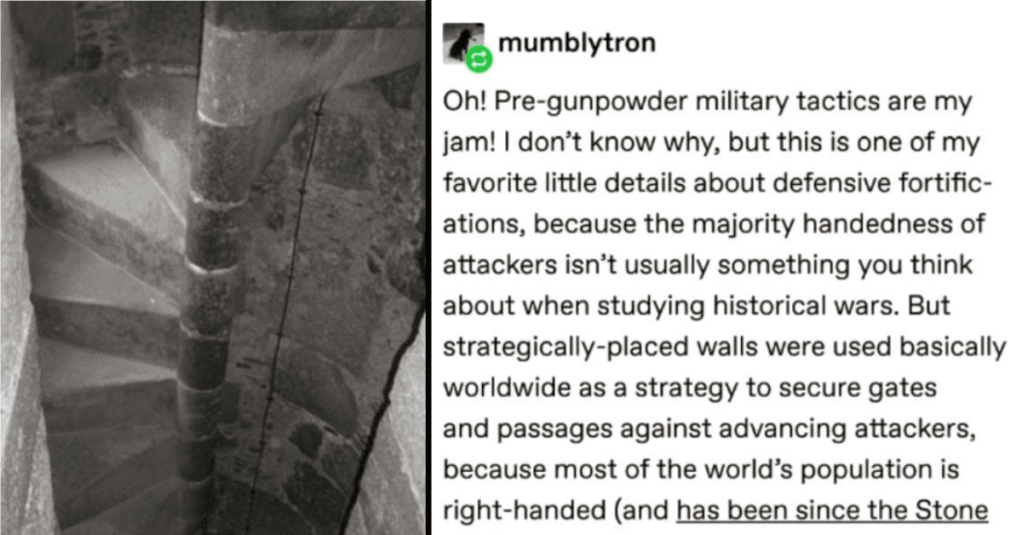However you feel about warfare and fighting, it’s difficult to deny that people have definitely come up with some pretty incredible battle tactics.
People are especially inventive during the Medieval Period or Middle Ages.
This Tumblr thread breaks down a few of the more powerful, surprising, and downright fierce Medieval battle tactics that existed.
For starters, staircases in castles were designed to benefit right-handed castle defenders over anyone else.

Here’s one example that gives you an idea of how tough it would be for anyone trying to attack by going up the stairs:

Photo Credit: Cheezburger
Once noble families started living in castles as their homes (instead of, say, a fortress), wider staircases came into fashion.
It turns out the advent of gunpowder was a pretty big gamechanger for castle interior design.
The placement of walls was also entirely strategic.
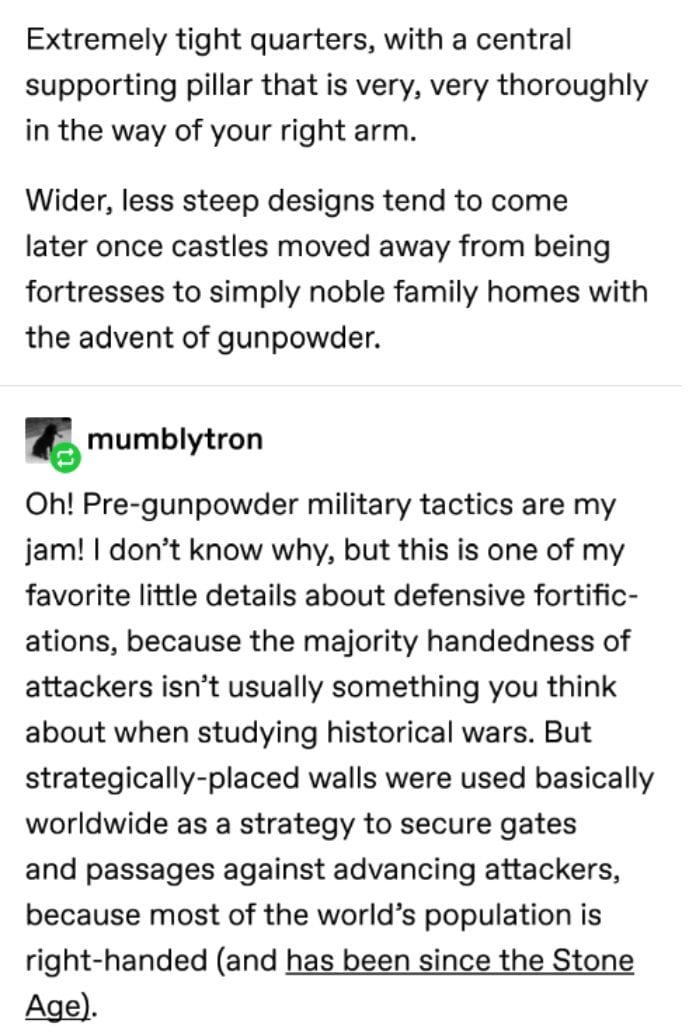
Photo Credit: Cheezburger
The strategic placement of walls is seen all over the world. On the East Coast in what is now the United States, homes and property were usually protected with palisades or wooden fences.
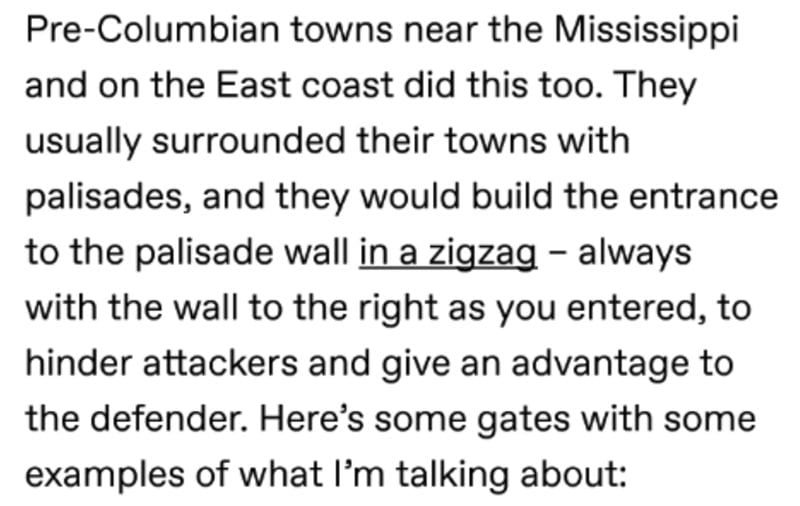
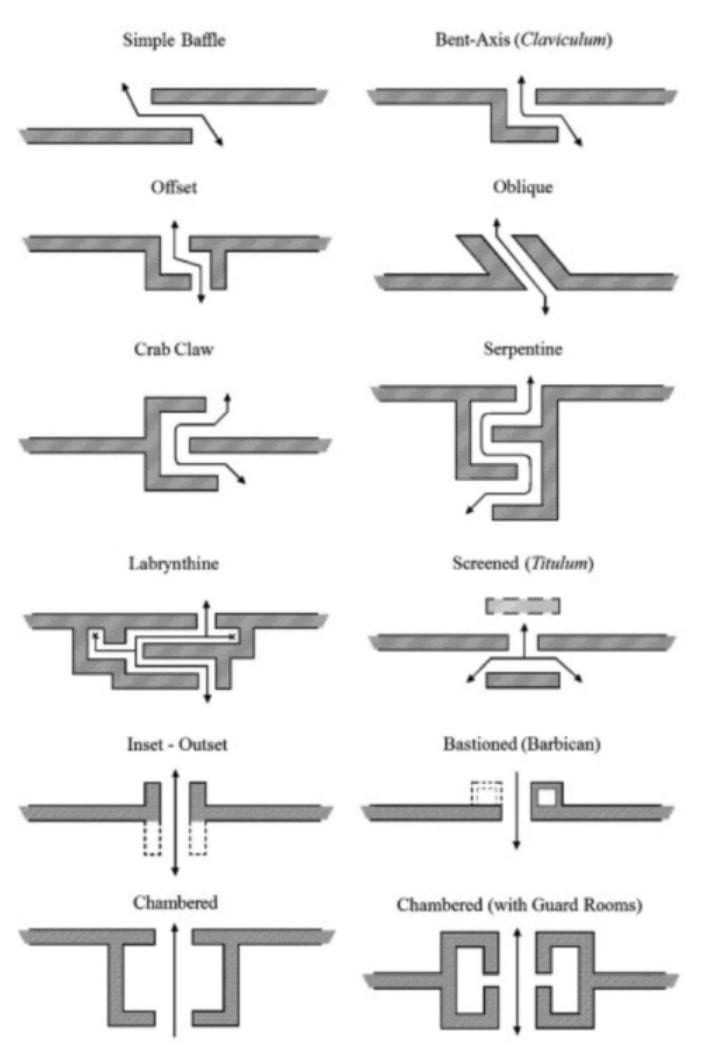
Photo Credit: Cheezburger
Basically, it comes down to one fairly universal truth: it’s pretty challenging to defend yourself if there’s a wall in your way, right?
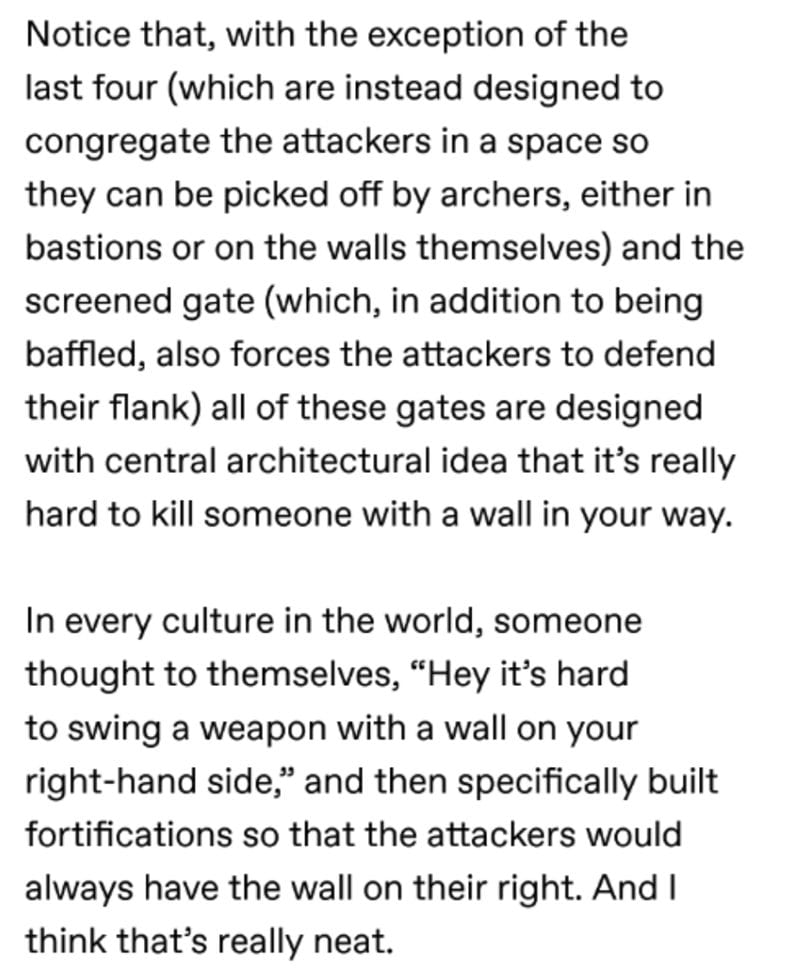
Photo Credit: Cheezburger
Castles also used to have another form of protection. For example, the Bodiam Castle in Sussex has a right-angled bridge to further endanger attacking forces.
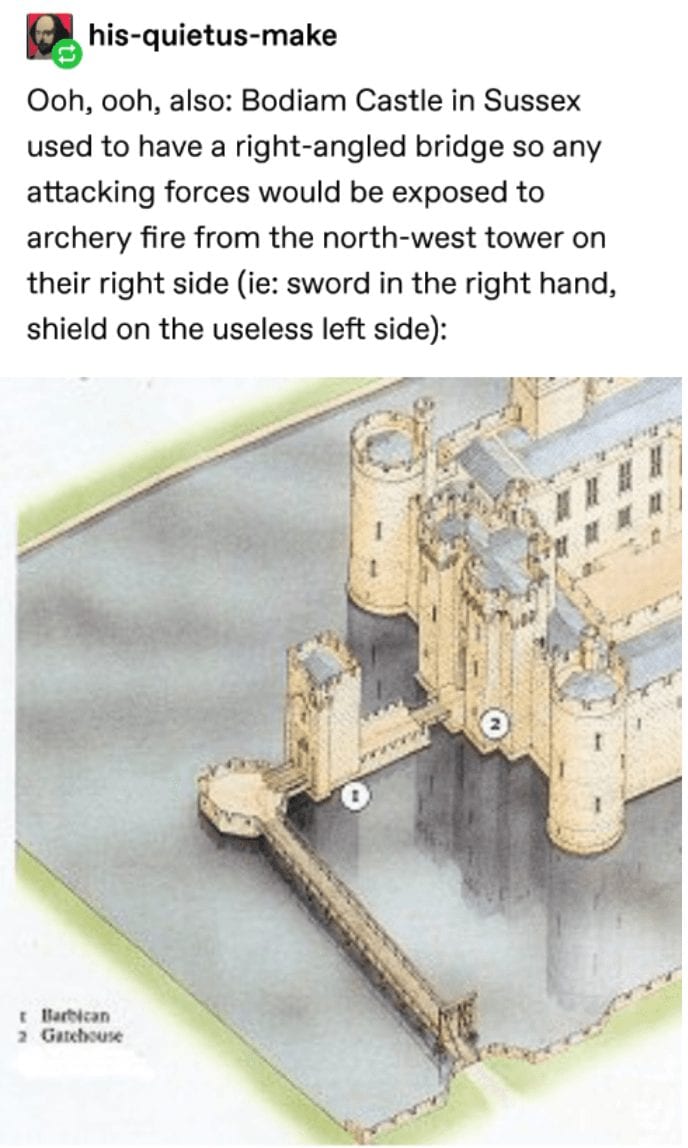
Photo Credit: Cheezburger
Since most people were right-handed, the tactic was definitely effective.
Being right-handed was also beneficial (if not all but required) when using a sword and shield.
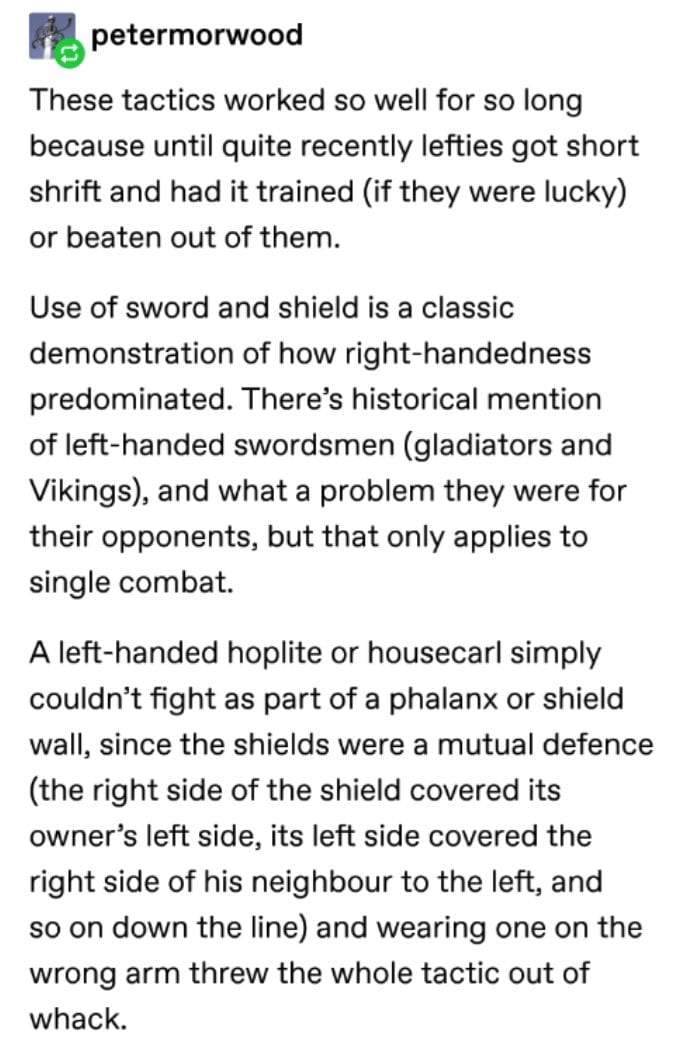
Photo Credit: Cheezburger
The same is true of jousting: if you’re left-handed, it just wasn’t going to work out.
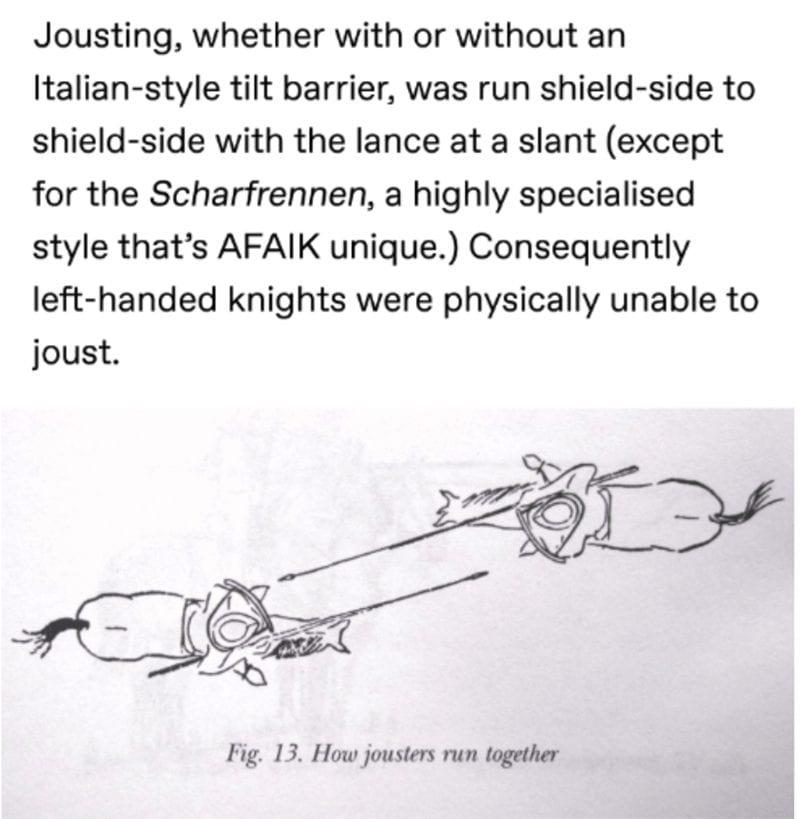
Photo Credit: Cheezburger
This was so entrenched in Medieval warfare and the like that even the horses were trained to swerve to the right.
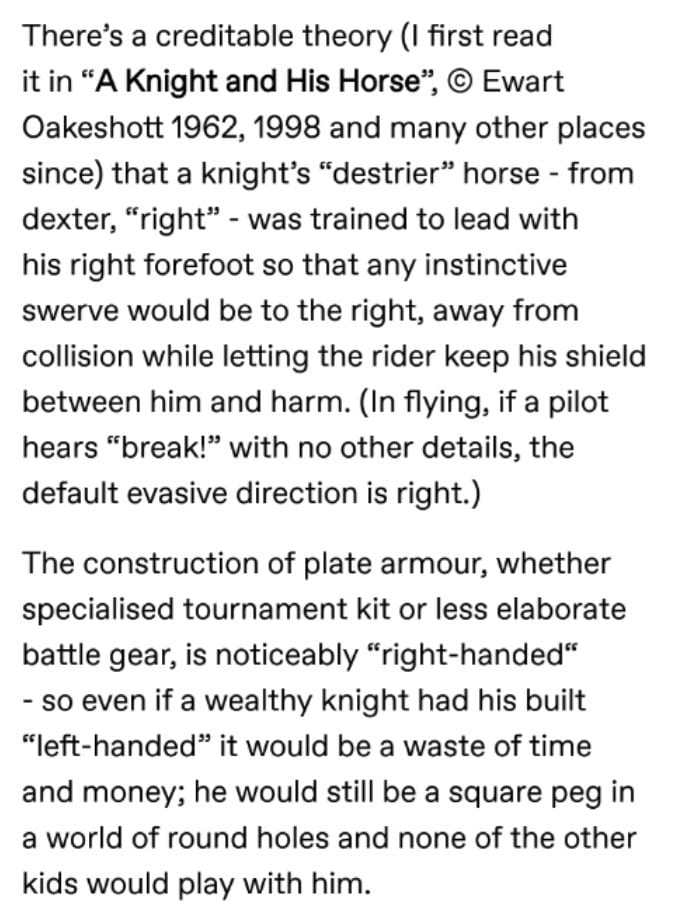
Photo Credit: Cheezburger
Right-handed preference extended well into our recent past as well.
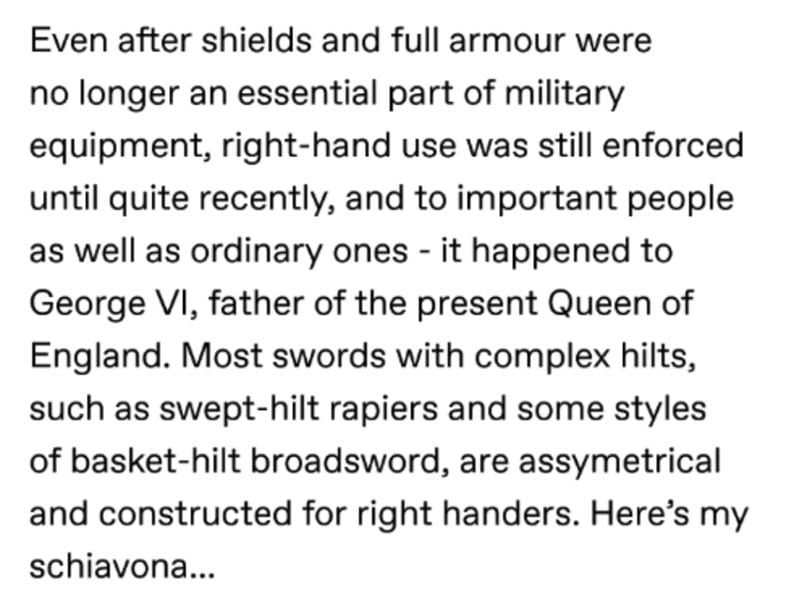
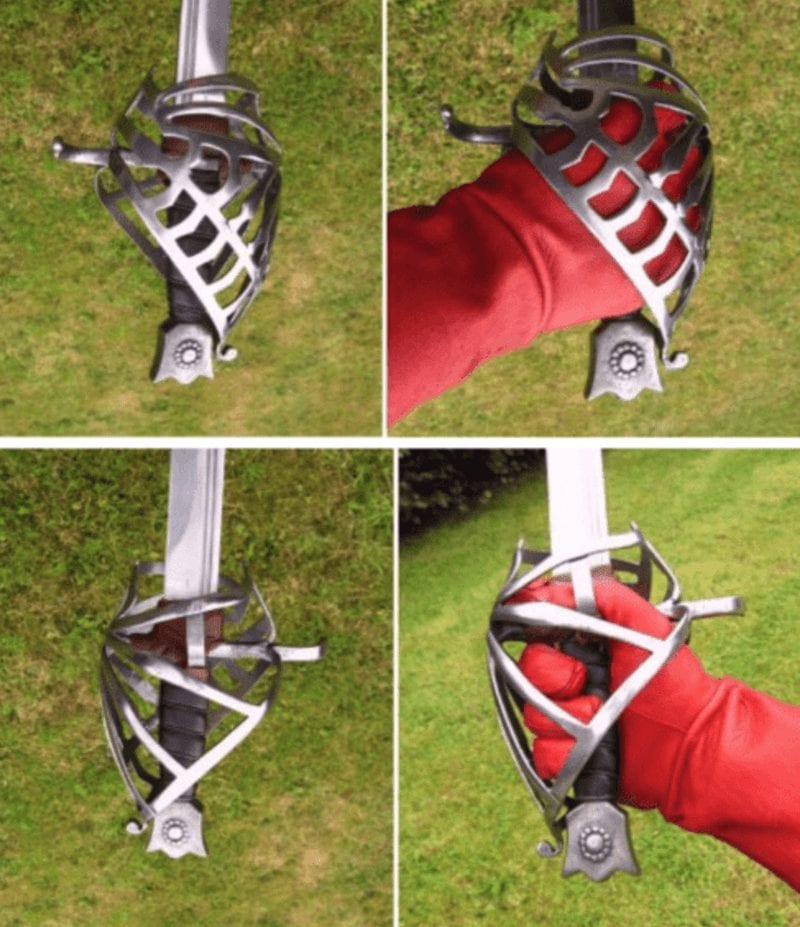
Photo Credit: Cheezburger
While it is technically possible to hold the instrument in your left hand, you need to be right-handed to properly wield it.
Eventually, some left-handed families started redesigning their castles to benefit themselves.

Photo Credit: Cheezburger
This was probably pretty confusing for anyone who expected the usual design!

Photo Credit: Cheezburger
These tactics are definitely pretty wild! It’s always so cool to read about how things worked in the days of yore.
Which part of this surprised you the most? Let us know in the comments!

